Why wear hemp?

Breathable & insulating
Hemp has natural thermoregulating properties due to the hollow structure of the fibre. This allows an optimum amount of airflow, keeping you cool in the summer and allows you to warm up in winter. The core temperature of the body works with the fabric, not against it.

Highly durable
Hemp wears in, not out. Hemp’s tensile strength is up to eight times that of cotton.

Soft on the skin
Contrary to stereotypes, hemp is luxuriously soft; becoming softer and more comfortable over time.
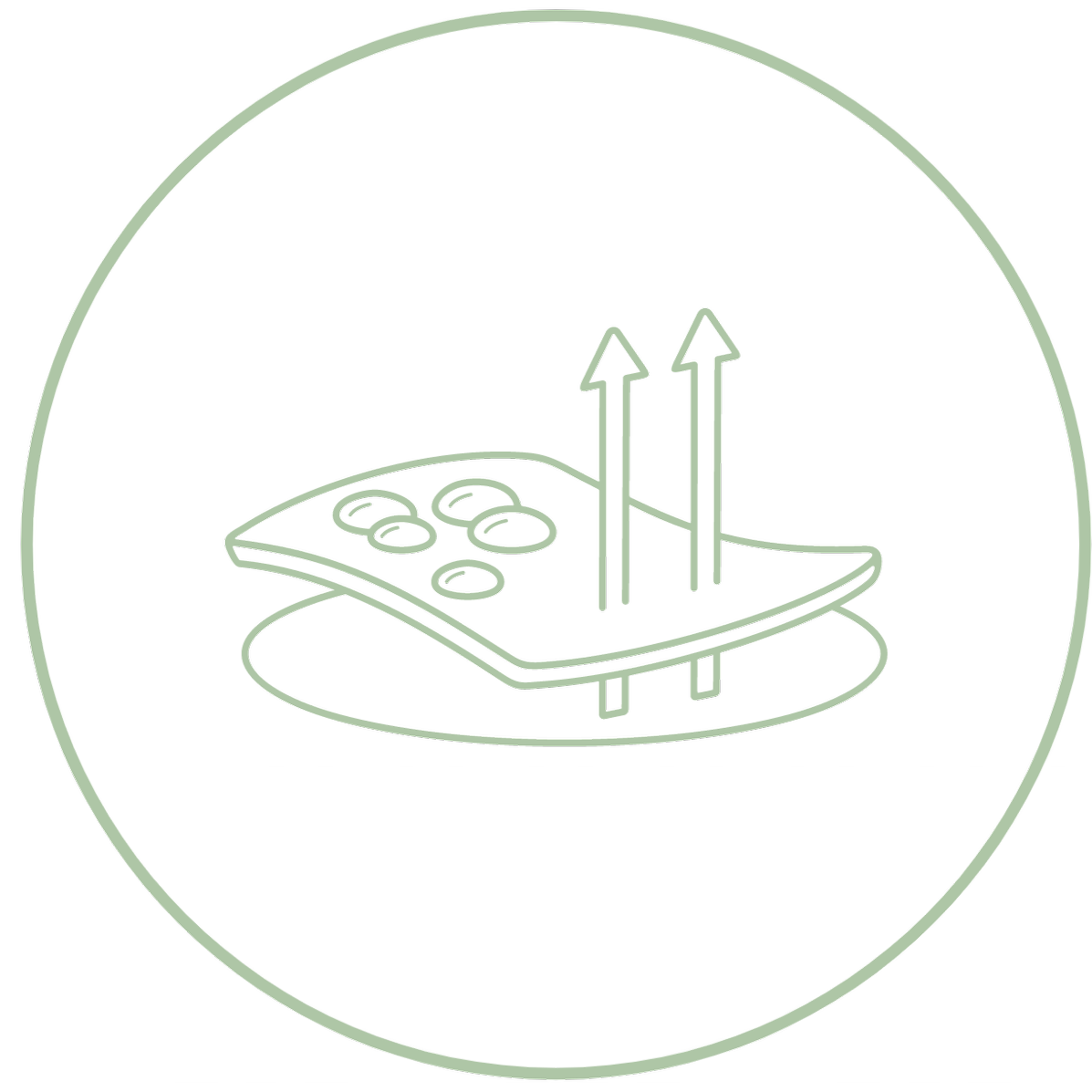
Naturally moisture-wicking & odour resistant
Hemp can absorb up to 20% of it’s own weight while still feeling dry to the touch. This is important for fabrics in contact with our skin, as perspiration is quickly absorbed and released. This means less moisture is retained and less odour-causing bacteria (body odour) can build up. Hemp allows for more wears between washes.
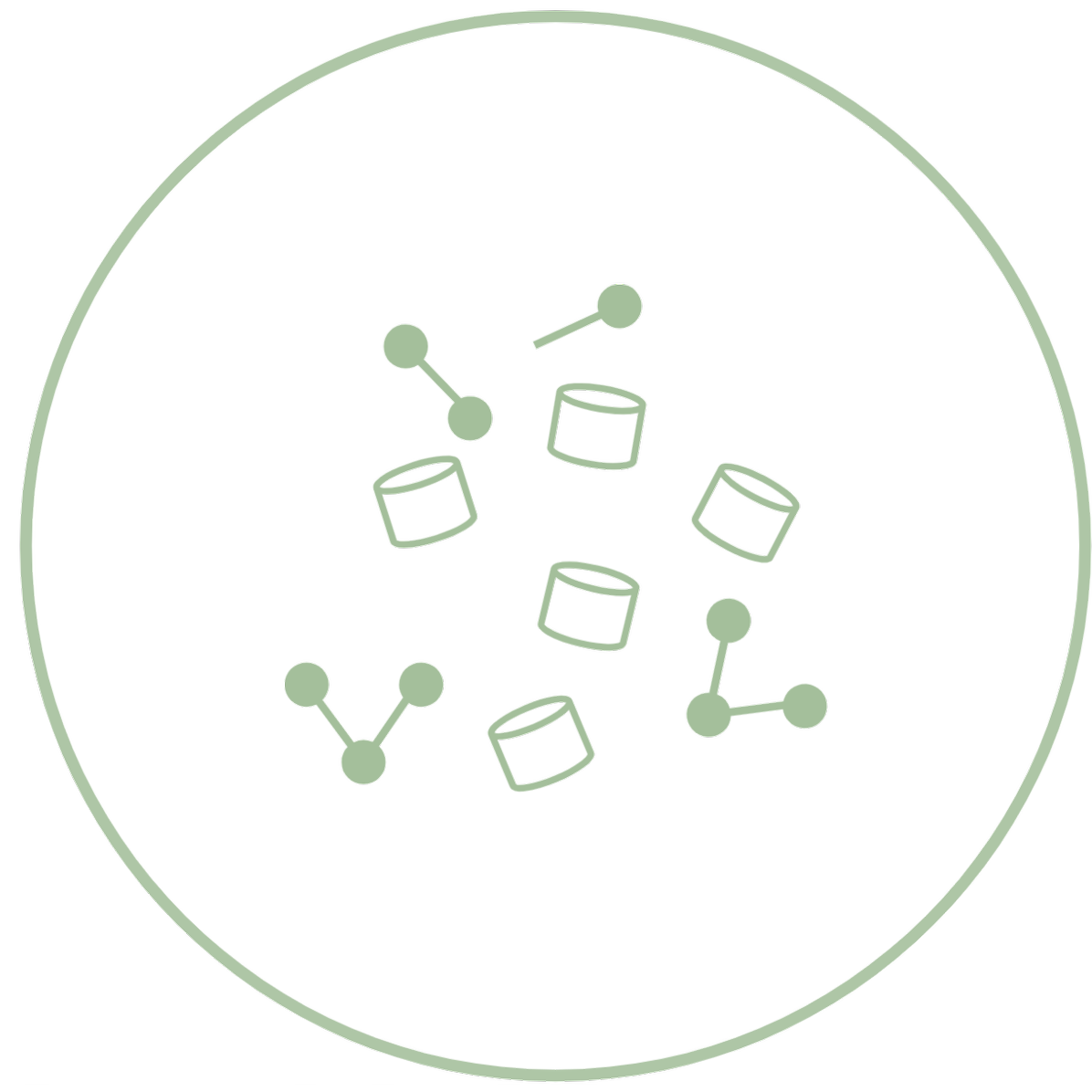
Non-synthetic = no microplastics
Hemp is a natural, plant-based fibre, which (unlike synthetic textiles) means the fabric doesn’t contain or shed microplastics.

Naturally antibacterial & antifungal
Researchers have identified hemp's potent activity against specific bacteria (including MRSA and E. coli) and fungal strains, as well possessing a broad spectrum of antibacterial activity. Hemp makes for healthier clothing. These hypoallergenic qualities make hemp great for sensitive skin and allergies.
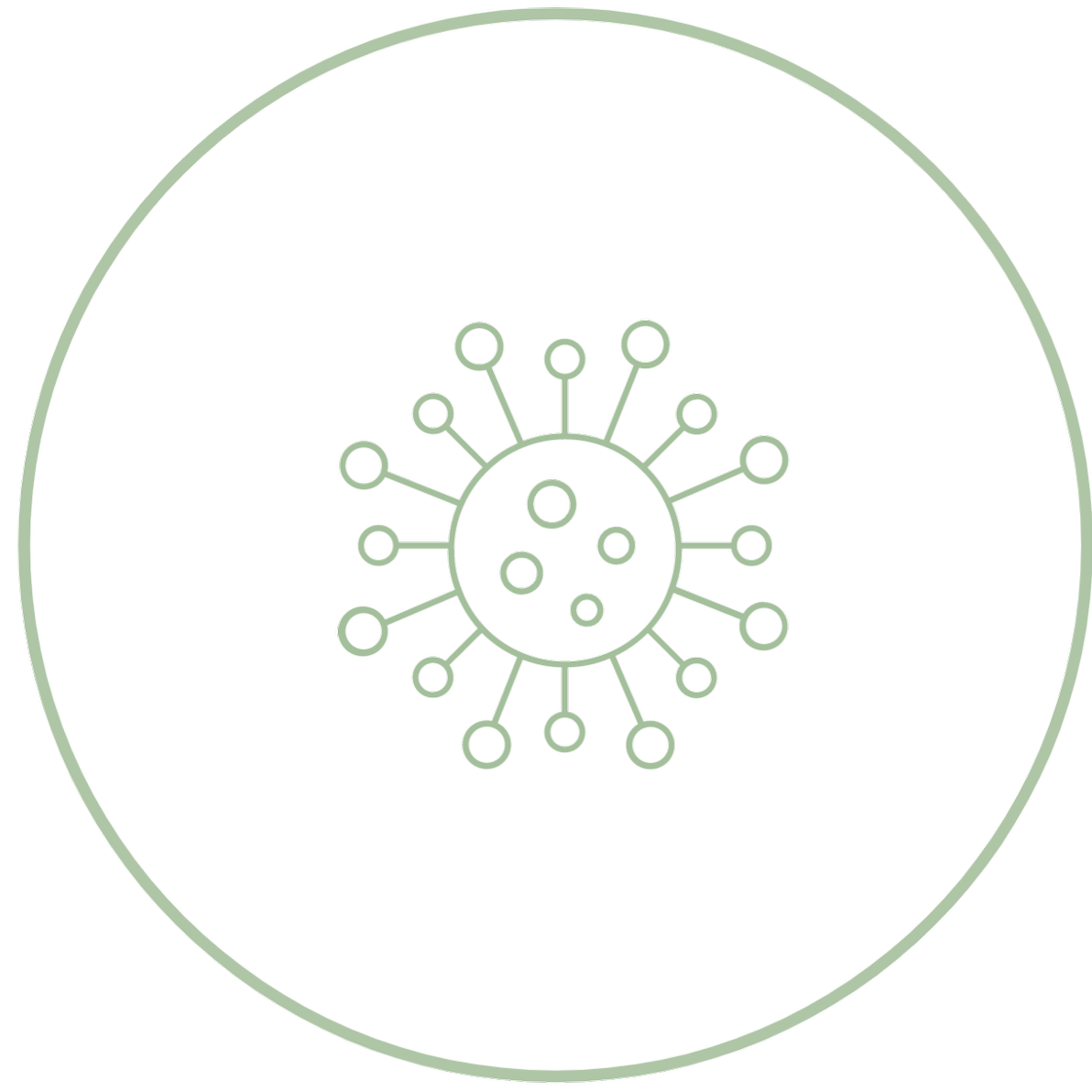
Resistant to mould & mildew
Hemp is highly resistant to mould, mildew, salt water and rotting, making it ideal for humid climates or travelling.
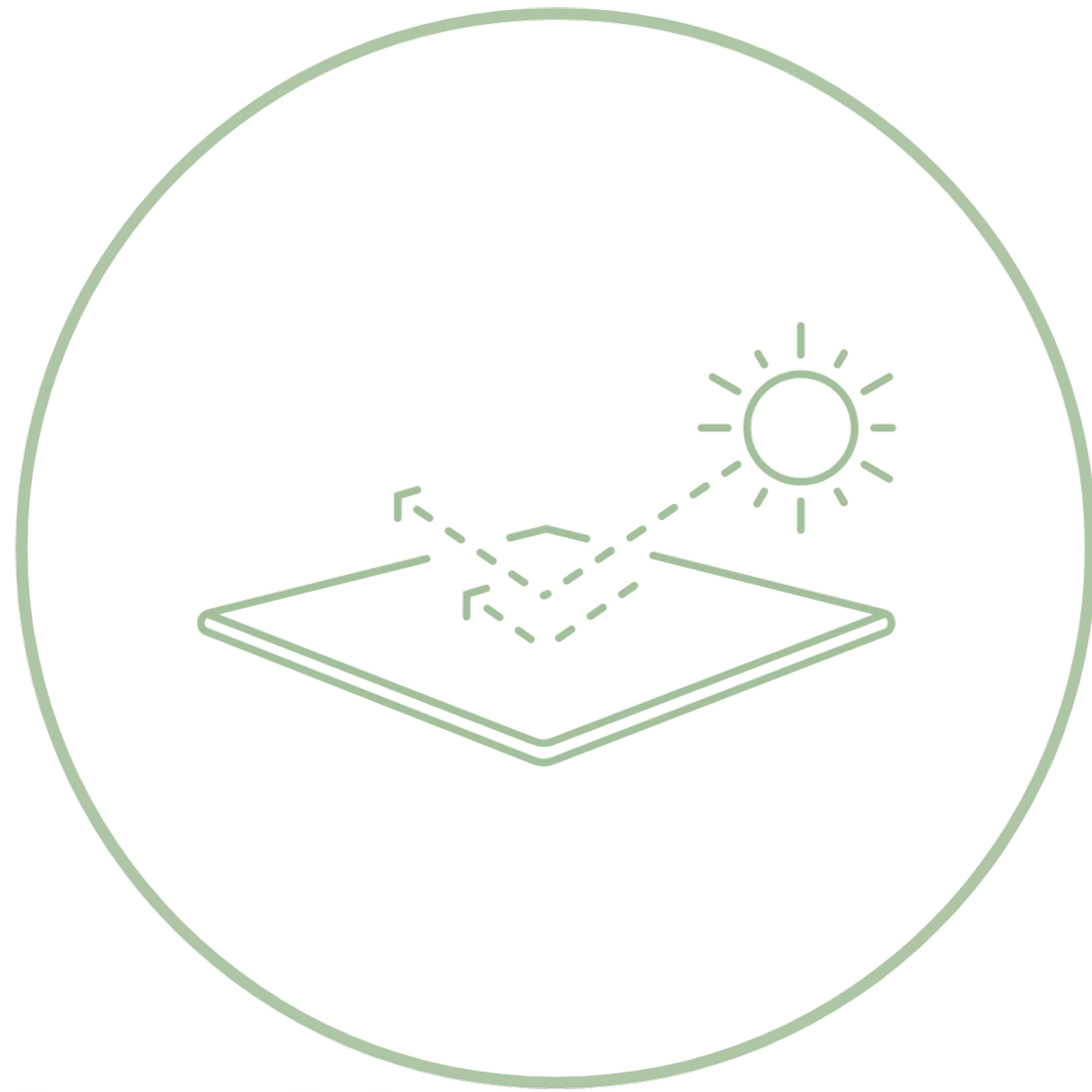
Resistant to UV light
Hemp is the most resistant natural fibre to ultraviolet light, offering protection from the sun’s rays.
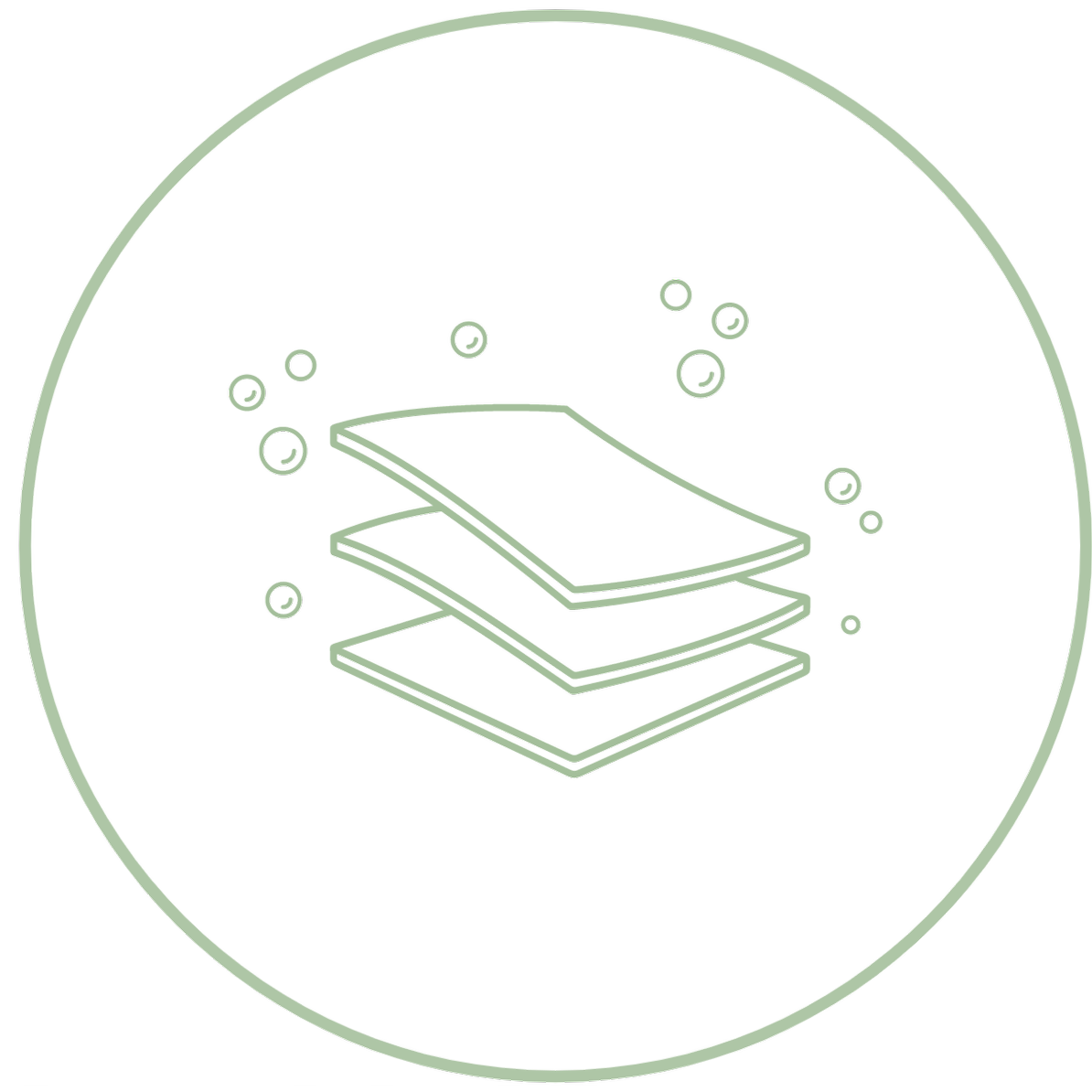
Soil release properties
Hemp sheds a natural microscopic layer each time it’s washed. This exposes a fresh surface, allowing it to retain its sleek sheen as well as release stains more easily than other fabrics.

Easy wash & care
Hemp is machine washable. Hemp doesn’t require any special attention, it actually thrives on regular use and washing which improves its natural lustre and feel. Hemp is also very fast drying which is great for people on the go; wash and dry clothes overnight.
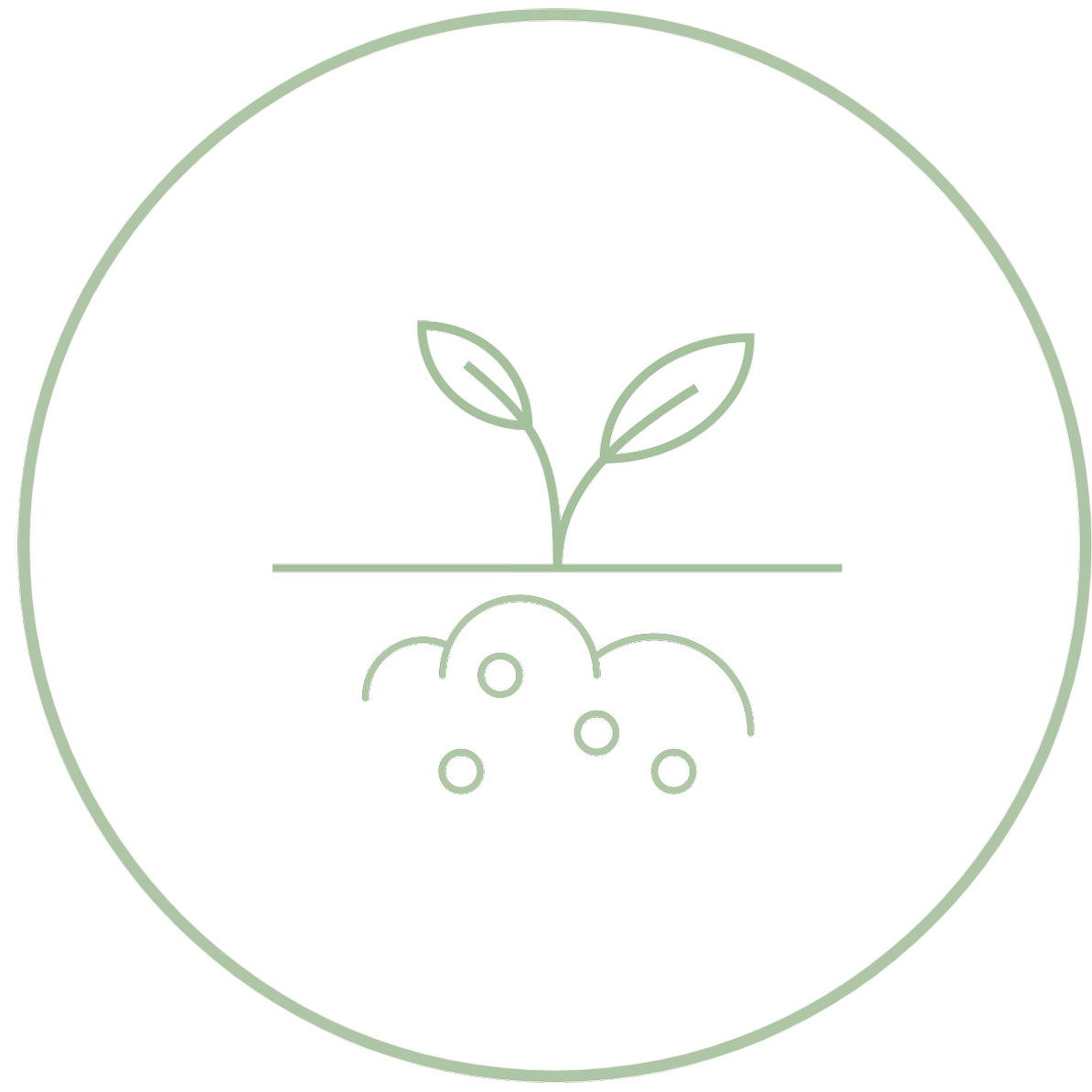
Biodegradable
Hemp is 100% biodegradable and compostable.
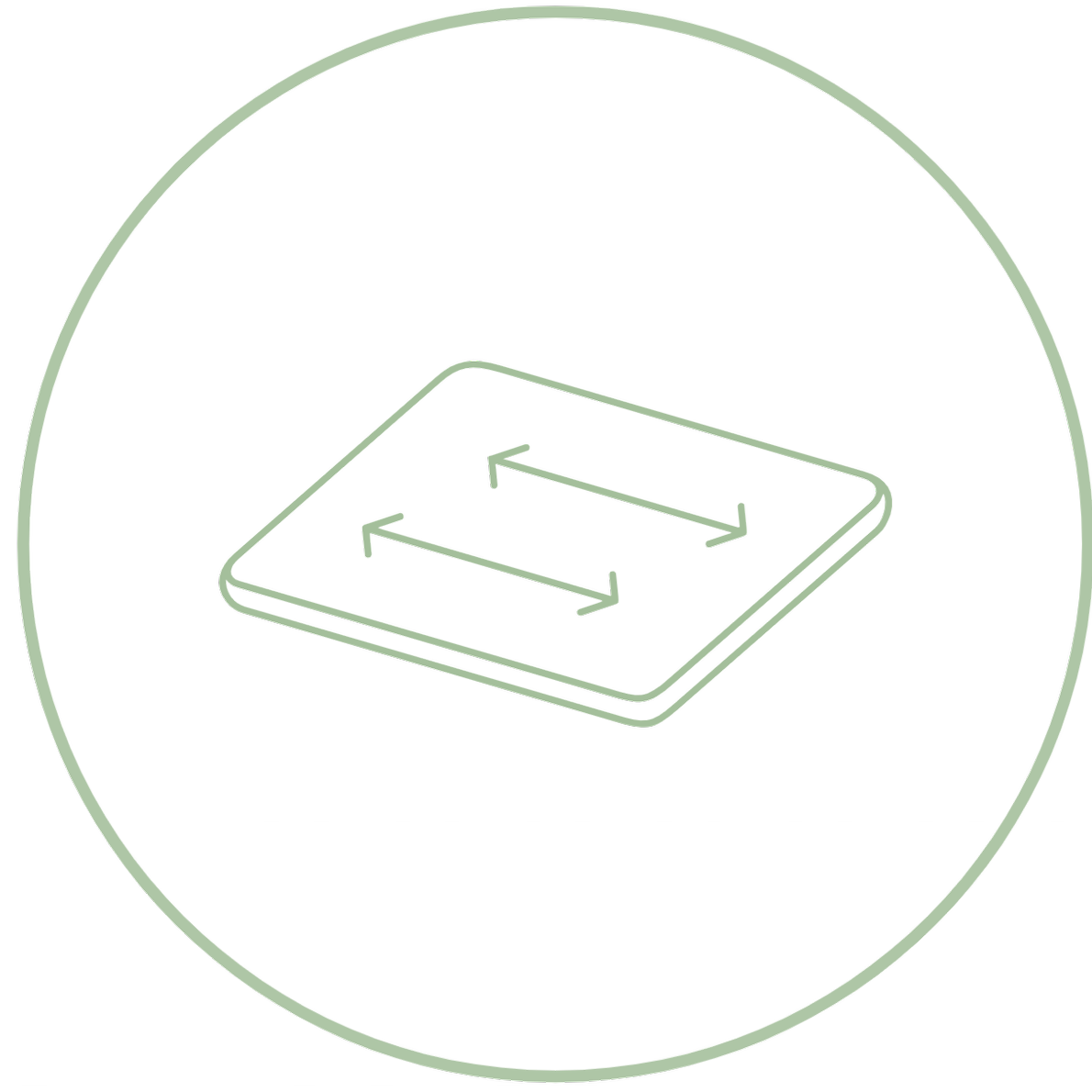
Retains its shape and won't shrink
Hemp has the added benefit of holding its shape far better than other textiles. We also pre-shrink all of our clothing so there is no risk of shrinkage or stretching out of shape after washing or drying.
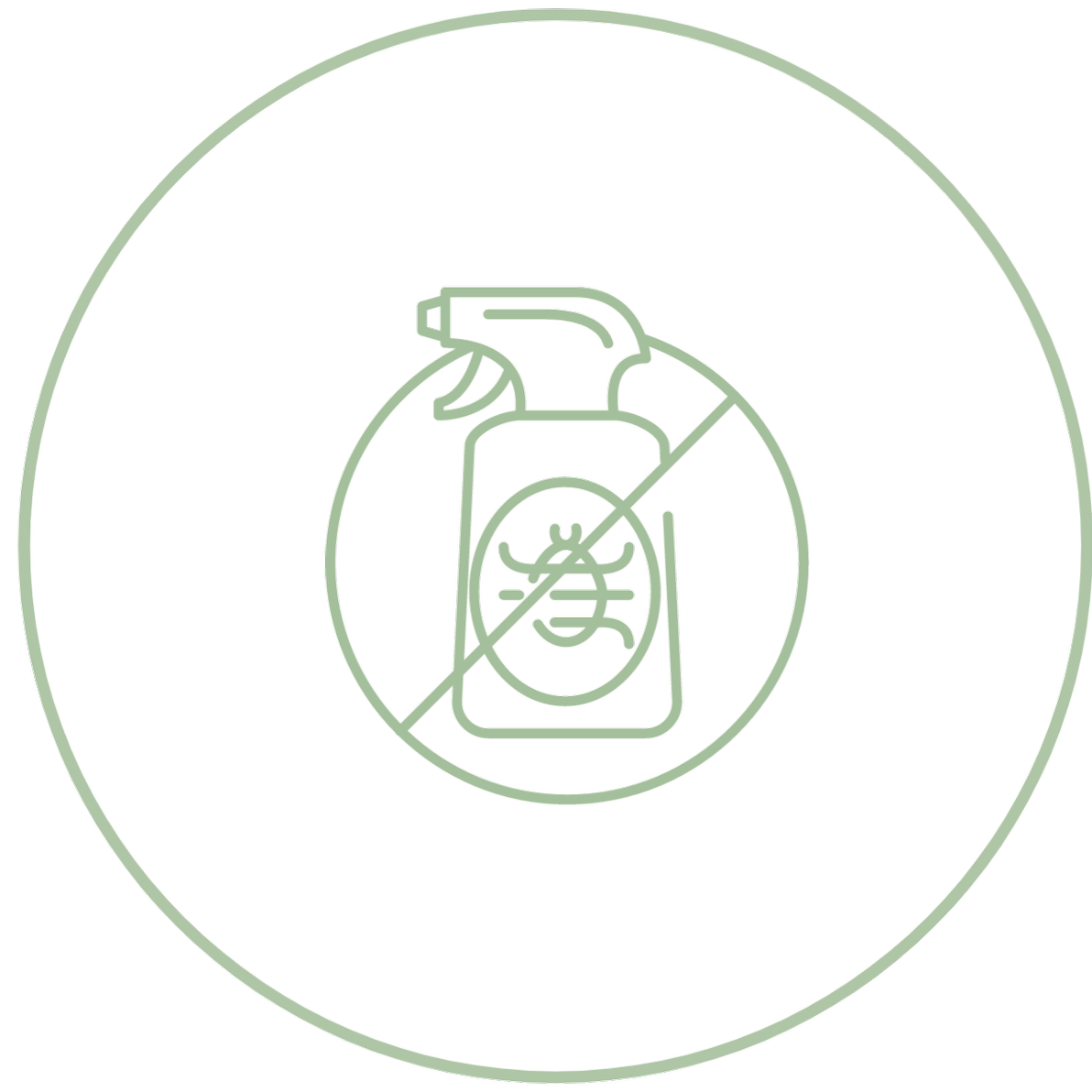
No pesticides, herbicides or chemical fertilisers
Hemp doesn’t require pesticides, herbicides or chemical fertilisers to grow. Hemp plants are natural pest repellents that deter insects and repel mites, fungi and bacteria. Hemp is also a natural weed suppressant, naturally out-competing and shading-out the weeds in its environment.

Highly renewable
Hemp is highly renewable and fast growing. Hemp matures in as little as 100 days and can be harvested up to three times per year. Hemp can yield 200-250% more fibre in the same amount of land, comparative to cotton.
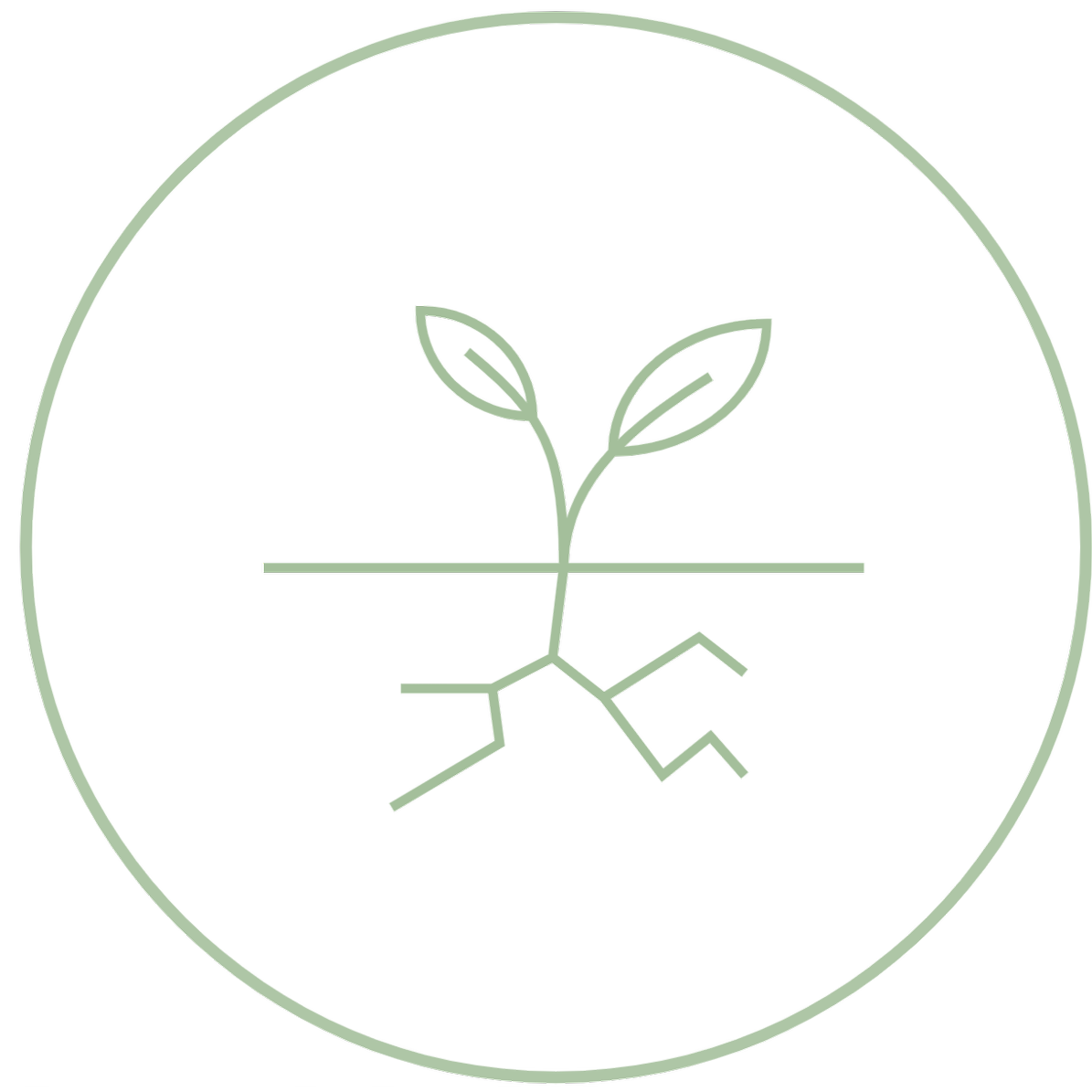
Replenishes the soil
Hemp rehabilitates and enriches soil with nitrogen and oxygen, restores pH levels and combats erosion. Hemp’s deep penetrating root system also detoxifies the soil by removing harmful chemicals and pollutants in a natural process called phytoremediation.
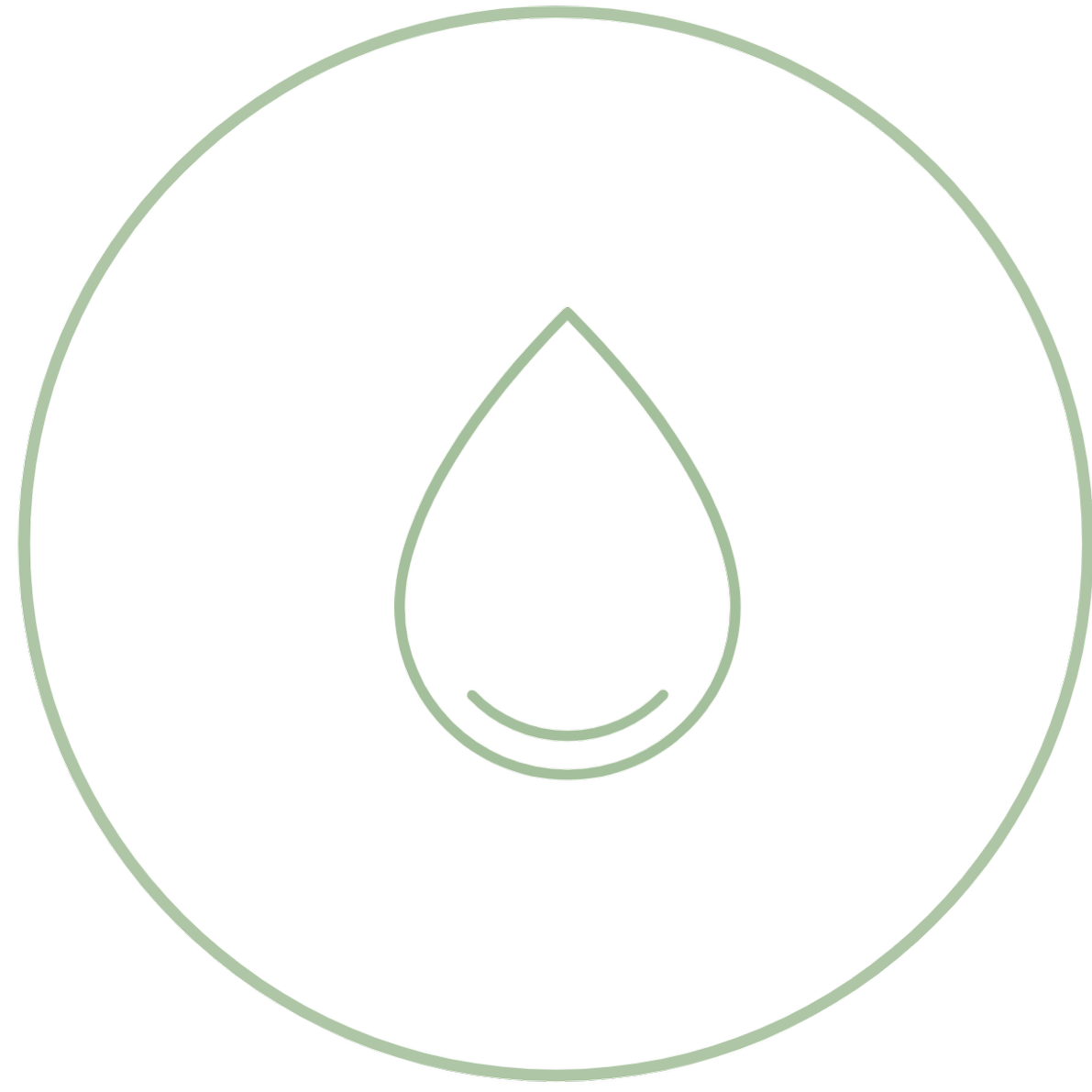
Low water use
Hemp requires about half the amount of water comparative to growing cotton.
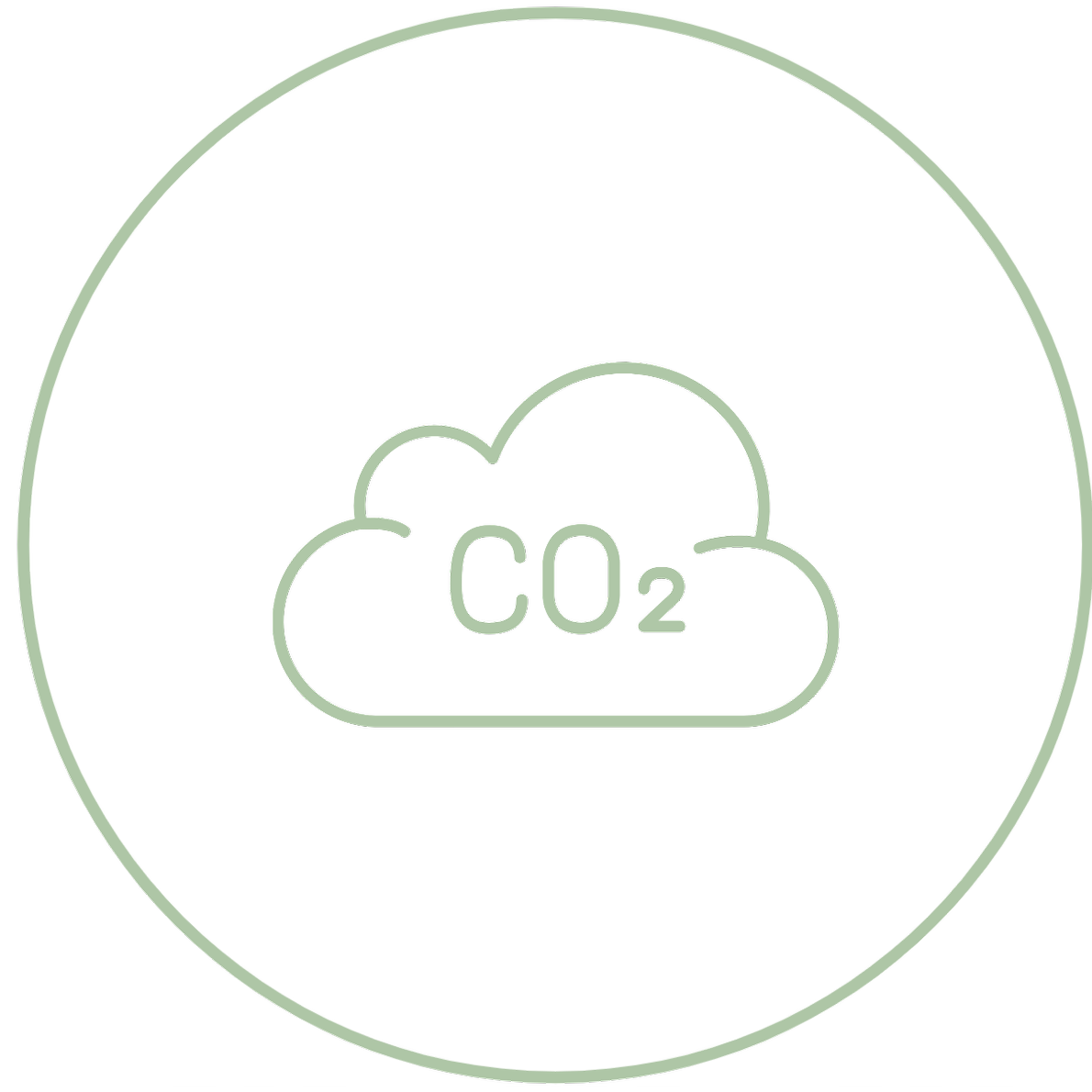
Absorbs carbon dioxide
Hemp is unmatched in its ability to sequester (absorb and trap) carbon dioxide (CO2) from the atmosphere. Industrial hemp has been shown to absorb more CO2 per hectare than any forest or commercial crop.
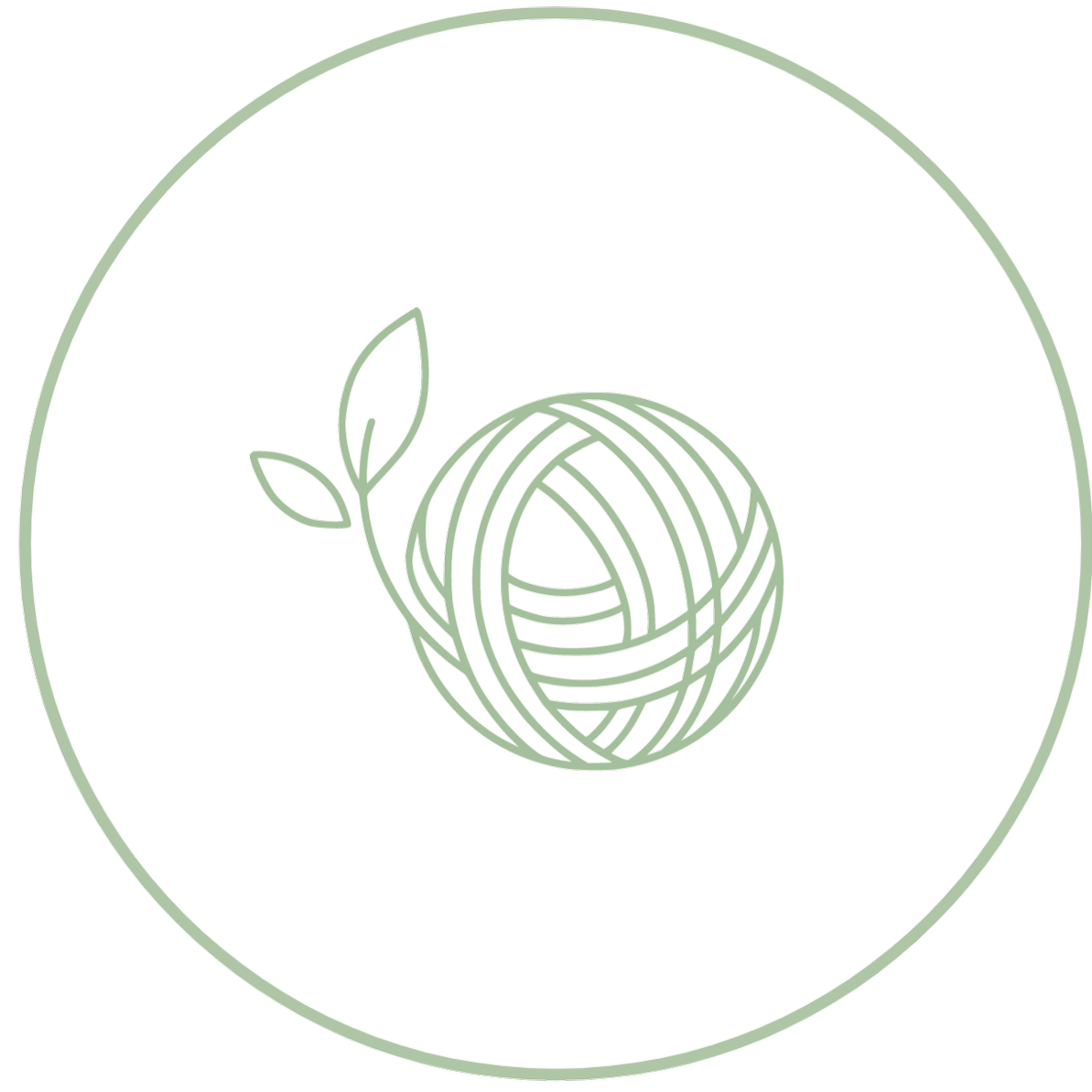
No petrochemicals
Hemp is a natural plant fibre. Hemp yarn is made from bast fibre from the stem of the Cannabis Sativa plant. Unlike synthetic fibres (i.e., polyester, acrylic, or nylon), which are made from synthesised chemicals that are derived from petrochemicals (i.e., crude oil).

